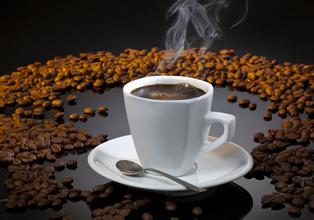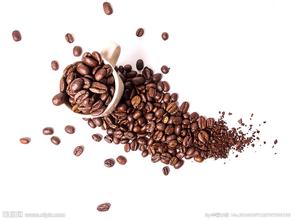The three wave brands of coffee in the world-an introduction to the current market consumption
World coffee three big wave brand-current market consumption situation introduction
The World Barista Championship in London in October kicked off Odillo's wish. Fifteen contestants compete to make the best, most traditional espresso in the world. He also founded a barista school in Italy, with the sole purpose of teaching students how to properly make artsy coffee. "It's a very special drink," he said."You can make 25 ml of coffee in 25 seconds with seven grams of coffee beans. It sounds simple, but it's extremely difficult to do perfectly. Authentic espresso should taste strong, with a thick layer of golden foam on the surface, taste similar to nuts and chocolate, spicy and earthy flavor, completely different from espresso on the market. I think what we call espresso is too mellow, sour and monotonous, like a good singer singing without an instrument."
It's not just the way it's made, it's the way we drink it in coffee shops. Antonio Polledri is a freelance coffee bar owner who has been selling traditional espresso coffee for 65 years. In his opinion, it was important to drink coffee according to the old Italian rules.
"Espresso means 'fast' in Italian," Poledli said."That's the right way to drink it. Espresso isn't meant to be tasted, it's meant to be drunk in a coffee bar. People have a drink on the way to work or after dinner to keep you focused and working. When coffee culture came to Italy in the 1950s, people drank coffee like this. These days, we tend to sit in cafes for a long time, sipping a cup of coffee. To be honest, I think there's some kind of gimmick to it."
While Odillo, Poledelli, and other espresso devotees lament espresso, others think much more positively. "Espresso has its roots in Italy after World War II," says James Hoffman, owner of Square Mile Coffee Roasters and author of The World Atlas of Coffee."It was a very bad time, and a lot of espresso was made from cheap, caffeinated beans." This has led to a significant reduction in the taste of espresso coffee, which is why the UK has reduced imports of Italian coffee beans." He added: "Britons are becoming more discerning about quality food these days. Once you get used to the new taste, it's hard to go back."

Important Notice :
前街咖啡 FrontStreet Coffee has moved to new addredd:
FrontStreet Coffee Address: 315,Donghua East Road,GuangZhou
Tel:020 38364473
- Prev

Characteristics of Honduran Coffee Flavor description of production area by Grinding scale
The characteristics of Honduran coffee taste grinding scale regional flavor description treatment Honduran coffee bean particles are large in shape, uniform in size, uniform in color and glossy. In order to facilitate harvesting, farmers will prune the coffee trees to no more than 150 centimeters, because if they grow too high, they have to set up ladders to pick, which is not only time-consuming, but also may damage the trees by bending branches.
- Next

Coffee frothing tips illustration-Beginners frothing video tutorial
The first step is to understand the correct operation process of the coffee machine steam system, understand the purpose of the empty steam pipe before and after the milk foam, and understand the importance of towels and cleaning in coffee making. The second step is to learn how to touch the milk surface with the nozzle, the position of the selected point, and the depth of the selected point. The third step is to recognize two temperatures.
Related
- What brand of black coffee is the most authentic and delicious? what are the characteristics of the flavor of the authentic Rose Summer Black Coffee?
- Introduction to the principle and characteristics of the correct use of mocha pot A detailed course of mocha pot brewing coffee is described in five steps.
- Which is better, decaf or regular coffee? how is decaf made?
- How much is a bag of four cat coffee?
- How about four Cat Coffee or Nestle Coffee? why is it a cheap scam?
- Which is better, Yunnan four Cats Coffee or Nestle Coffee? How about cat coffee? is it a fake scam? why is it so cheap?
- How about Cat Coffee? what grade is a hoax? which instant coffee tastes better, four Cat Coffee, Nestle Coffee or G7 coffee?
- Process flow chart of coffee making-Starbucks coffee making process what coffee tastes good at Starbucks
- The top ten best coffee beans in the world Rose summer coffee or Tanzanian coffee tastes good
- Yunnan four cat coffee is good to drink?_four cat coffee is a big brand? four cat blue mountain coffee is fake?

